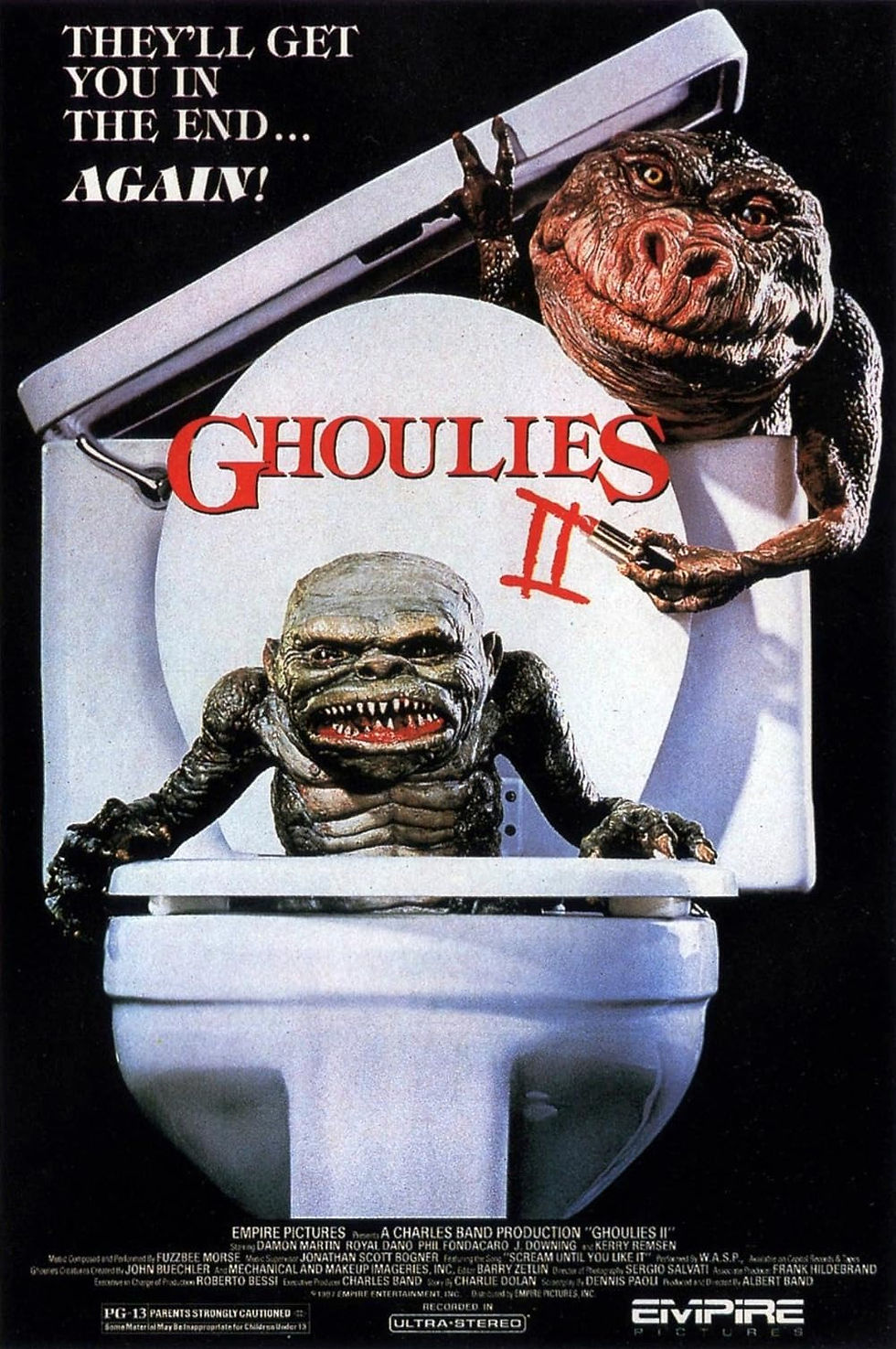The Birth of Horror: From Méliès to Murnau
- Allan Major

- Mar 5, 2024
- 3 min read
Updated: May 11, 2024

Shadows dance and flicker on the cavern wall, just as they danced within those first darkened nickelodeons and silent picture houses. From these primordial projections, a creeping dread was born, a new kind of terror birthed in fluttering celluloid. This is the genesis of cinematic horror – a realm of tricks and transformations, where phantoms cavort and the macabre holds chilling sway.
Méliès: The Magician of the Macabre
Cinema was in its swaddling clothes when Georges Méliès, a magician by trade, began to weave his illusions upon the screen. His films were flights of fancy, filled with dancing skeletons, cavorting devils, and transformations wrought in puffs of smoke. Yet, there was a darkness in the laughter, a macabre twist lurking in the whimsy.
"The Haunted Castle" (1896) is considered the first true horror film. It's a feast of Méliès's tricks: objects disappear, ghosts materialize, and the specter of the macabre dances gleefully amidst the chaos. His work laid the groundwork, demonstrating the power of light and shadow to conjure unease, to suggest that perhaps the world held secrets far more unsettling than any stage illusion.

German Expressionism: Shadows and Screams
As cinema matured, it crossed the border into Germany, where a revolution in art and expression was brewing. German Expressionism was a howl against the traditional – bold, distorted, a nightmare made manifest. It bled onto the screen with angular sets, twisted perspectives, and harsh, unnatural lighting. This was no longer horror as a parlor trick, but horror as a window into a fractured soul.
Robert Wiene's "The Cabinet of Dr. Caligari" (1920) remains the cornerstone of Expressionist horror. Its world is a jagged dreamscape, where shadows grow claws, and madness paints the very walls of perception. Its sinister tale of the somnambulist Cesare, twisted by the will of an insane hypnotist, is less a story than a fever dream ripped from the subconscious.
Nosferatu: The Symphony of the Night
F.W. Murnau, another titan of German Expressionism, delivered a film that remains as chilling as the day it premiered. "Nosferatu" (1922), an unlicensed adaptation of Bram Stoker's "Dracula," is a study in pure dread. Where Universal's later Dracula exudes a brooding romance, Murnau's Count Orlok is an abomination. Max Schreck's monstrous portrayal is nothing less than a materialized nightmare: rodent-like, inhuman, an embodiment of plague and decay.
Murnau uses the natural world as a canvas for the unsettling. Shots of windswept landscapes and shadowy castles create a haunting atmosphere. The camera itself prowls and creeps, echoing the movements of the vampire and drawing the viewer into a world where the very shadows seem alive with menace.

The Legacy of Shadows
The echoes of Méliès' tricks can still be felt in modern horror – the sudden jump scare, the grotesque creature revealed in a flash. But the influence of German Expressionism goes deeper. Its use of distorted, psychological landscapes echoes through films like "The Shining." The monstrous forms of the creatures themselves find their heirs in the twisted visions of H.R Giger and Guillermo del Toro.
Cinema may have grown more sophisticated, special effects more dazzling, yet the core of horror's power remains unchanged. It's the flicker in the shadows, a chill wind whistling through an impossible angle, the suggestion of a world far more terrible than our own, lurking just beyond the frame. In this brief history of horror films, we glimpsed this uncanny world for the first time, and something deep within us still recoils, even as we lean eagerly forward for another glimpse.







